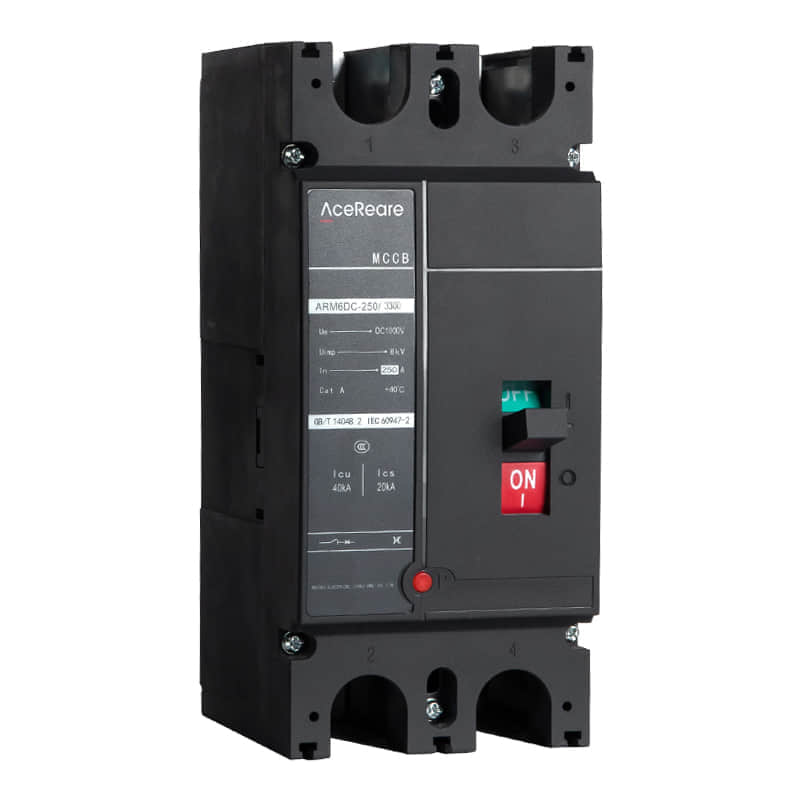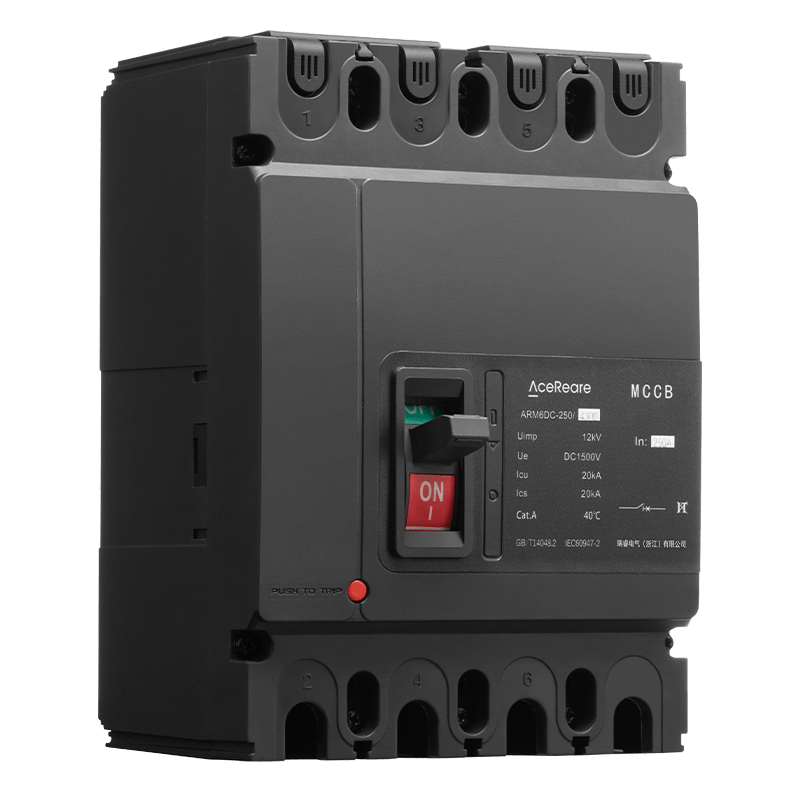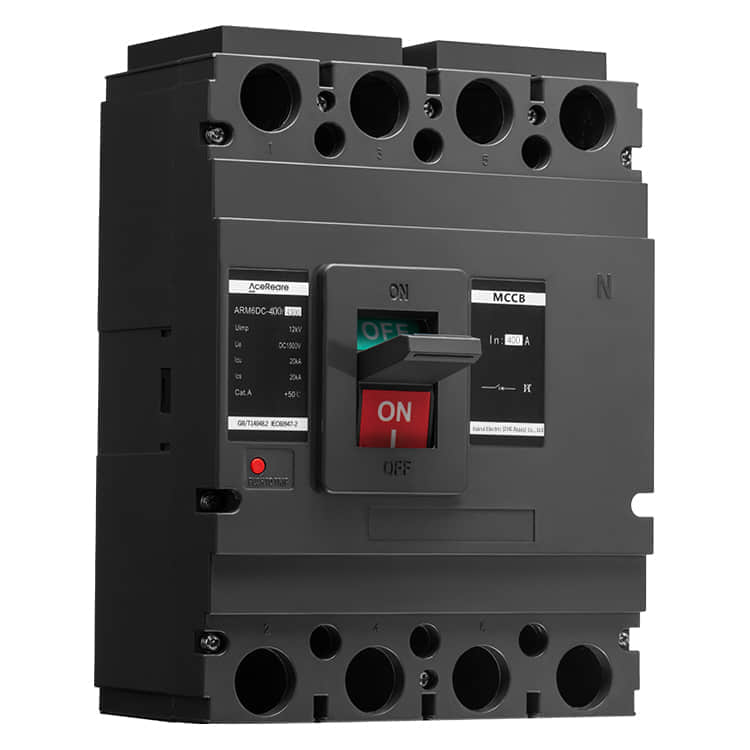In the realm of electrical engineering, ensuring the safety and reliability of electrical systems is of paramount importance. In this pursuit, the DC Molded Case Circuit Breaker (DC MCCB) emerges as a crucial component for protecting direct current (DC) circuits from overcurrents and faults. This article delves into the world of DC MCCBs, exploring their significance, working principles, and applications in various industries.

Introduction

Direct current (DC) power is ubiquitous in today’s world, powering everything from small electronics to large-scale industrial processes. However, like any electrical system, DC circuits are susceptible to overcurrents and faults that can lead to equipment damage, fires, or even electrical hazards. This is where DC Molded Case Circuit Breakers (DC MCCBs) come into play. Understanding DC Molded Case Circuit Breakers DC MCCBs are protective devices designed to safeguard DC electrical circuits by disconnecting them when abnormal conditions occur, such as overloads, short circuits, or ground faults. They are engineered to provide a reliable and cost-effective solution for managing electrical safety. Key Features and Components DC MCCBs consist of several key components: Frame: The frame of the MCCB provides mechanical support and contains all other components. It is available in various sizes and ratings to suit different applications. Operating Mechanism: This mechanism allows for the manual opening and closing of the circuit breaker. It also includes an adjustable trip setting that determines when the breaker will trip in response to an overcurrent. Current Sensing Devices: These devices monitor the current passing through the circuit and are responsible for detecting abnormal current conditions. Arc-Extinguishing System: In the event of a fault, DC MCCBs employ an arc-quenching mechanism to rapidly extinguish any electrical arcs, minimizing damage and ensuring safety. Tripping Unit: The tripping unit is responsible for activating the breaker when a fault is detected. It includes thermal, magnetic, or electronic elements that respond to specific overcurrent conditions. Working Principles DC MCCBs operate on the principle of detecting excessive current flow and responding to it accordingly. When the current surpasses the MCCB’s predetermined trip setting, the tripping unit is activated. Depending on the type of fault, the MCCB may trip in various ways: Thermal Trip: This trip mechanism responds to sustained overloads by heating up a bimetallic strip. When the strip bends, it releases the latch, causing the circuit breaker to trip. Magnetic Trip: Magnetic trip mechanisms are highly responsive to short circuits, detecting the rapid increase in current and tripping the breaker almost instantaneously. Electronic Trip: In modern DC MCCBs, electronic trip units offer precise adjustment and additional protection features. They can monitor the circuit’s parameters and trip the breaker if any irregularities are detected. Applications DC MCCBs find applications across a wide range of industries, including: Renewable Energy: In solar and wind power systems, DC MCCBs protect against overloads and short circuits in the DC side of the inverters. Telecommunications: DC MCCBs are used in battery backup systems for data centers and telecommunications infrastructure to ensure uninterrupted power supply. Transportation: In electric vehicles (EVs) and railway systems, DC MCCBs safeguard traction motors and power distribution systems. Industrial Machinery: DC MCCBs protect DC motors and control systems in manufacturing equipment. Marine: They are essential for the safety of DC power distribution in marine vessels and offshore platforms. Conclusion DC Molded Case Circuit Breakers play an indispensable role in ensuring the safety and reliability of DC electrical systems. With their advanced protective features and precise trip mechanisms, they help prevent equipment damage, electrical hazards, and potential accidents in a wide array of industries. Engineers and designers should carefully select and configure DC MCCBs to match the specific requirements of their DC circuits, ultimately contributing to safer and more efficient electrical systems.
